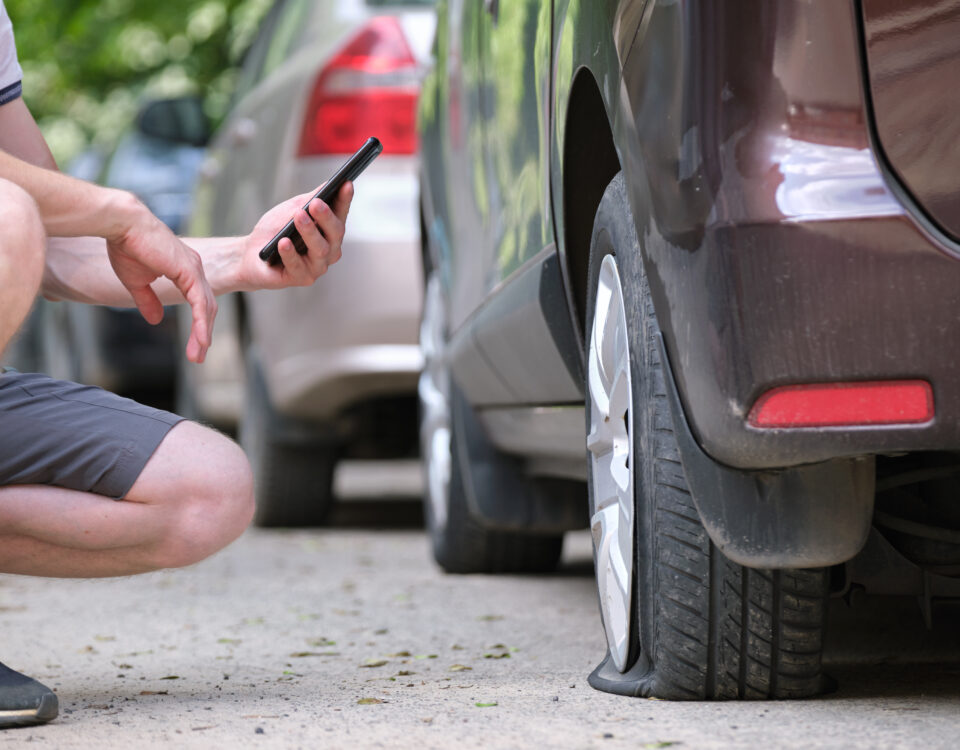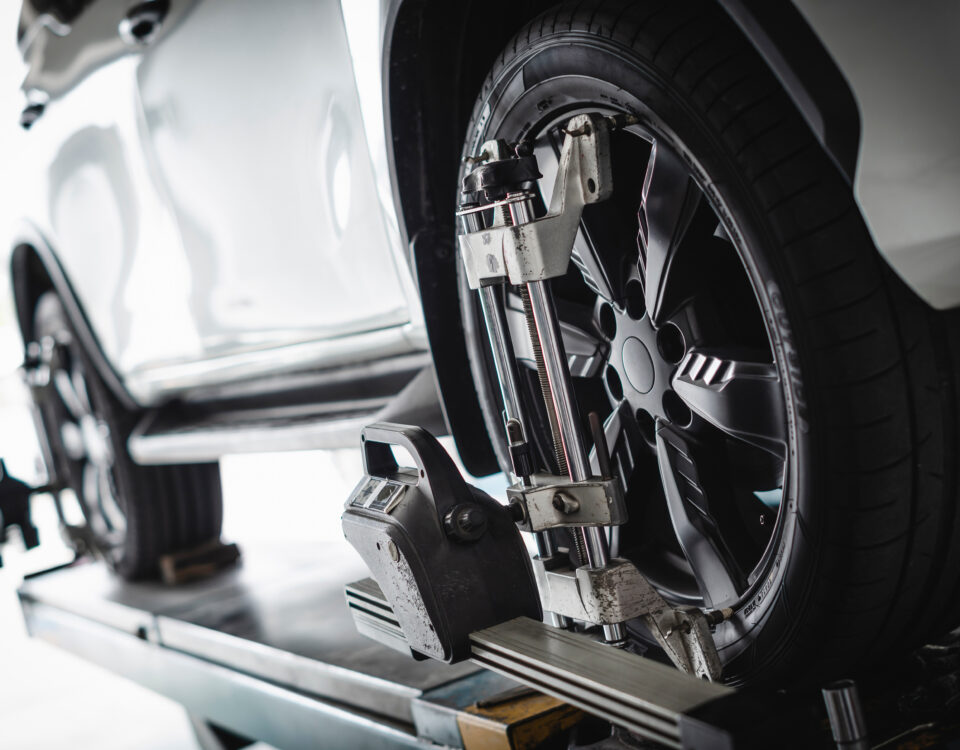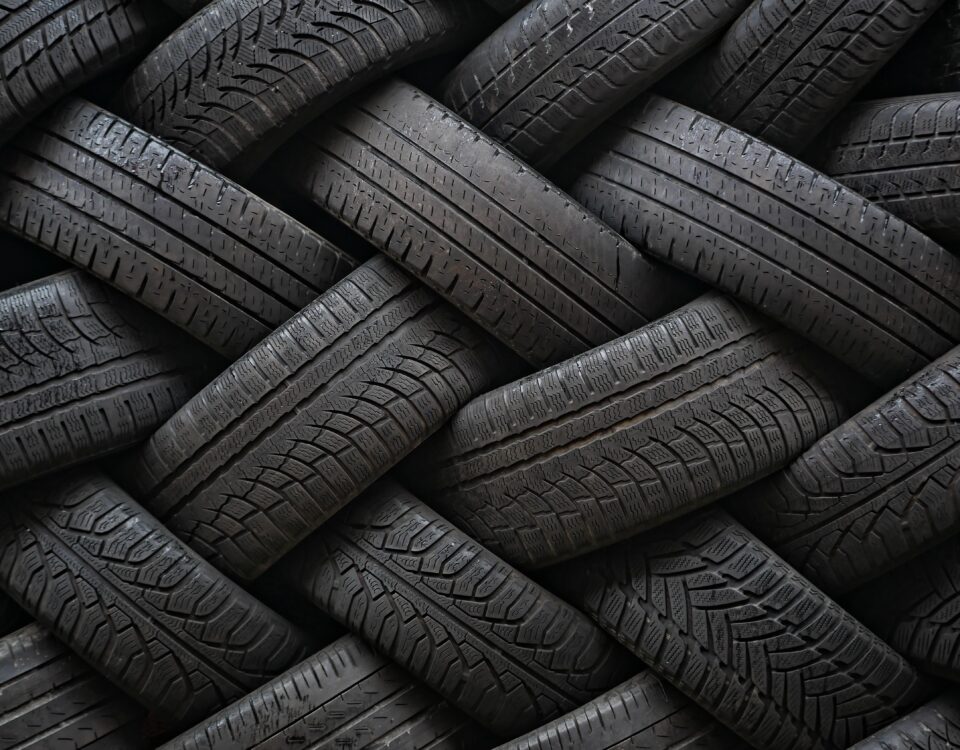
What to Do if Your Car Heater Isn’t Working
January 26, 2022
6 Tips for Maintaining a New Car: How to Keep Your Vehicle in Top Condition
February 10, 2022If you have a flat tire and need to fix it quickly, this article will show you how. It’s not too difficult and can be done in just minutes. Flat tires are never fun, but luckily there is an easy fix for them.
Why do Flat Tires Happen?
There are a number of reasons why your tire could go flat. The most common reason is that you ran over a sharp object, such as a nail or screw that punctured your tire. This is sometimes called a puncture, which means the same thing as flat.
Other times, something might get stuck between your tire and the road (like a screw or rock), and rub against the tire until it cuts through your tread, creating an external tear in the tire and making it go flat. So what are you supposed to do when you get stuck with a flat tire?
Fixing a Flat Tire
There are a few different options for fixing a flat tire. You can choose to replace it with an entirely new one, but this is often unnecessary as long as you fix the puncture or external tear that caused the problem.
If you do find yourself needing to fix a flat, here are some easy steps to follow from Goodyear:
- Park the Vehicle. It’s important to make sure that your vehicle is parked both away from traffic and on a flat surface. TIP: You will want to use your hazard lights, or flares if there is heavy traffic.
- Brace the Tires. Place bracing material (such as pieces of wood or bricks) behind and in front of a tire that will not be lifted by the jack in order to prevent rolling and increase stability.
- Identify Spare Tire and Jack. Next, you can use your vehicle’s owner manual to locate your spare tire and jack.
- Position the Jack. Now use your owner’s manual to make sure that the jack is in the necessary position on your car in order to prevent damage.
- Jack Up the Car. Begin to jack the car up while keeping pressure on the ground (without lifting the car up entirely).
- Remove Hubcaps. Remove any hubcaps or center covers so that you can access the lug nuts.
- Loosen Lug Nuts. Using the lug wrench, turn the lug nuts counterclockwise to loosen them.
- Remove the Tire. Next, after making sure that the jack is stable, jack up the car enough so that you are able to slip the tire off with ease.
- Attach the Spare Tire. Put the spare tire on the wheel and place the lug nuts in the correct positions.
- Tighten the Lug Nuts. Tighten the lug nuts with your tire wrench, this time turning clockwise. TIP: Make sure the lug nuts are tight, but don’t use too much force. This may knock your car off of the jack.
- Check the Lug Nuts After Driving. After driving a few miles it’s a good idea to stop and make sure that the lug nuts are still tight.
The Tools You’ll Need
Goodyear lists that the tools you should have on-hand to get back on the road include:
- Your vehicle’s owner’s manual
- An inflated spare tire
- A jack
- A lug wrench
- Bracing material, such as a small piece of wood or a brick
When a Tire Needs to be Replaced
Unfortunately, when a flat happens, it sometimes means that you need a new tire altogether. If your tire is badly damaged, then you will need to replace it with a new one. Sometimes this means that the structural integrity of the tire has been compromised and would not be safe to drive on.
Puncture location and severity of damage can make all the difference in determining if a tire only has to be repaired or if it needs to be replaced.
Punctured tires will likely need to be replaced if:
- The puncture is more than a ¼ inch in diameter
- There’s a puncture in the sidewall or shoulder of the tire
- You have multiple punctures that are less than 16 inches apart
Get Tire Help with Scott’s Auto
If you’re having tire trouble and need a new one, a flat fix, or more information on how to change a tire, don’t hesitate to contact Scott’s Auto. Our car repair shop is proud to serve drivers around Colorado in Fort Collins, Loveland, Montrose, Grand Junction, and even now in Phoenix, AZ! Click here to find a location nearest you today.




